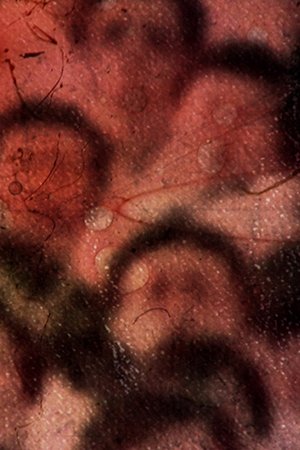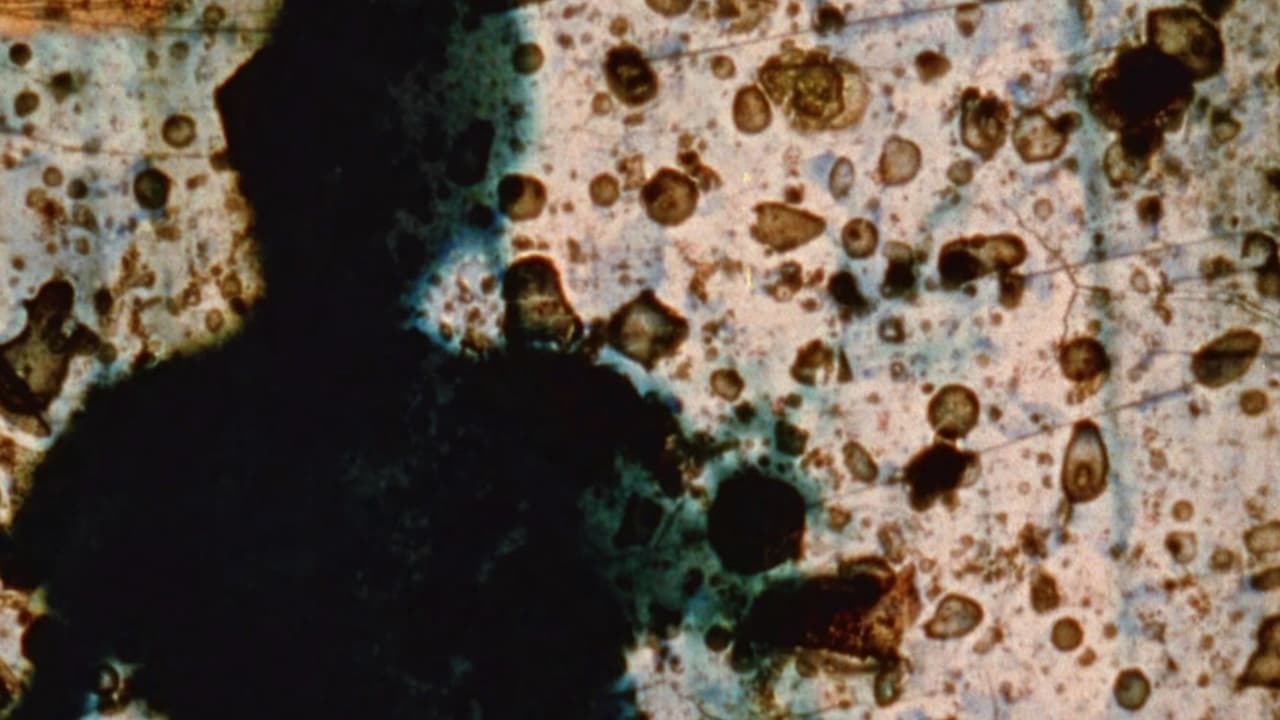
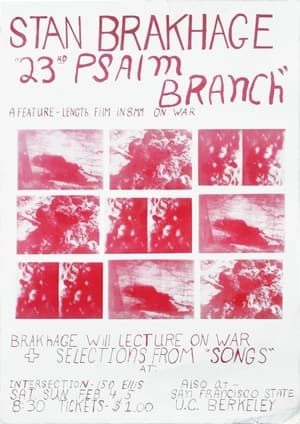
23rd Psalm Branch(1967)
A FEATURE-LENGTH FILM IN 8M.M. ON WAR
Made during the height of the Vietnam War, Stan Brakhage has said of this film that he was hoping to bring some clarity to the subject of war. Characteristically for Brakhage there is no direct reference to Vietnam.
Movie: 23rd Psalm Branch

23rd Psalm Branch
HomePage
Overview
Made during the height of the Vietnam War, Stan Brakhage has said of this film that he was hoping to bring some clarity to the subject of war. Characteristically for Brakhage there is no direct reference to Vietnam.
Release Date
1967-01-27
Average
8.2
Rating:
4.1 startsTagline
A FEATURE-LENGTH FILM IN 8M.M. ON WAR
Genres
Languages:
No LanguageKeywords
Recommendations Movies
 6.2
6.2Fritz the Cat(en)
A swinging, hypocritical college student cat raises hell in a satirical vision of the 1960s.
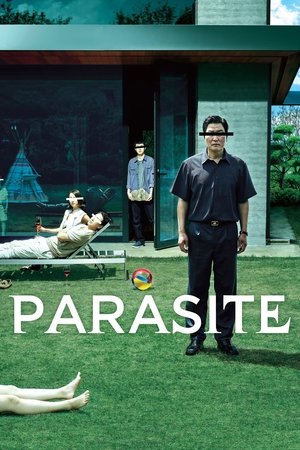 8.5
8.5Parasite(ko)
All unemployed, Ki-taek's family takes peculiar interest in the wealthy and glamorous Parks for their livelihood until they get entangled in an unexpected incident.
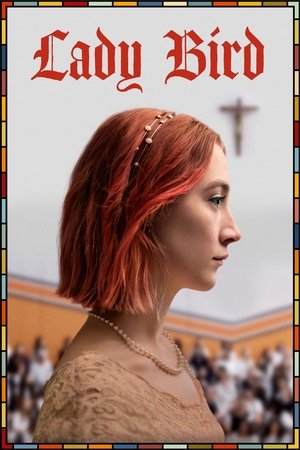 7.3
7.3Lady Bird(en)
Lady Bird McPherson, a strong willed, deeply opinionated, artistic 17 year old comes of age in Sacramento. Her relationship with her mother and her upbringing are questioned and tested as she plans to head off to college.
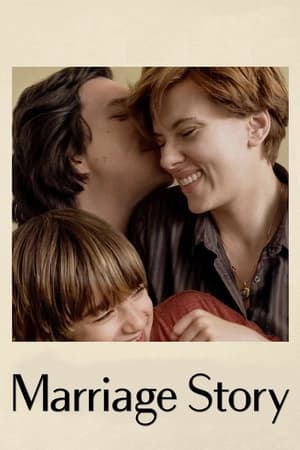 7.7
7.7Marriage Story(en)
A stage director and an actress struggle through a grueling, coast-to-coast divorce that pushes them to their personal extremes.
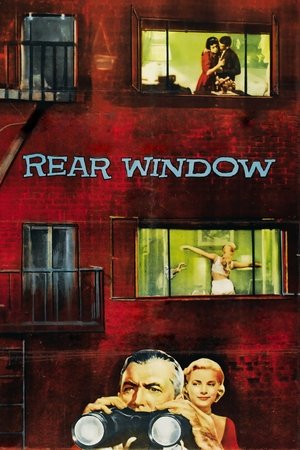 8.4
8.4Rear Window(en)
A wheelchair-bound photographer spies on his neighbors from his apartment window and becomes convinced one of them has committed murder.
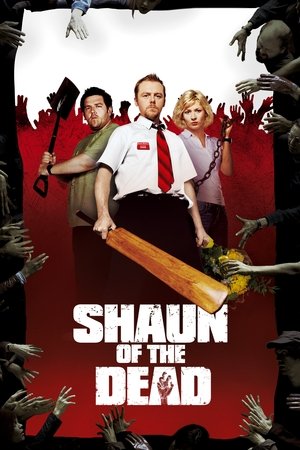 7.5
7.5Shaun of the Dead(en)
Shaun lives a supremely uneventful life, which revolves around his girlfriend, his mother, and, above all, his local pub. This gentle routine is threatened when the dead return to life and make strenuous attempts to snack on ordinary Londoners.
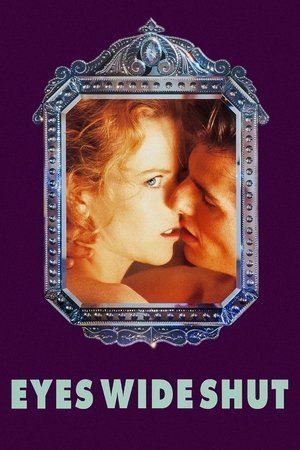 7.5
7.5Eyes Wide Shut(en)
After Dr. Bill Harford's wife, Alice, admits to having sexual fantasies about a man she met, Bill becomes obsessed with having a sexual encounter. He discovers an underground sexual group and attends one of their meetings -- and quickly discovers that he is in over his head.
 8.5
8.512 Angry Men(en)
The defense and the prosecution have rested and the jury is filing into the jury room to decide if a young Spanish-American is guilty or innocent of murdering his father. What begins as an open and shut case soon becomes a mini-drama of each of the jurors' prejudices and preconceptions about the trial, the accused, and each other.
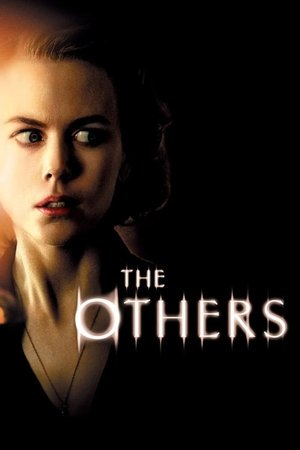 7.6
7.6The Others(en)
Grace is a religious woman who lives in an old house kept dark because her two children, Anne and Nicholas, have a rare sensitivity to light. When the family begins to suspect the house is haunted, Grace fights to protect her children at any cost in the face of strange events and disturbing visions.
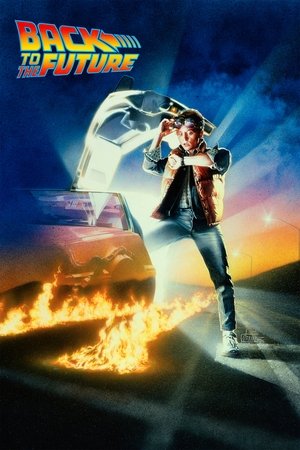 8.3
8.3Back to the Future(en)
Eighties teenager Marty McFly is accidentally sent back in time to 1955, inadvertently disrupting his parents' first meeting and attracting his mother's romantic interest. Marty must repair the damage to history by rekindling his parents' romance and - with the help of his eccentric inventor friend Doc Brown - return to 1985.
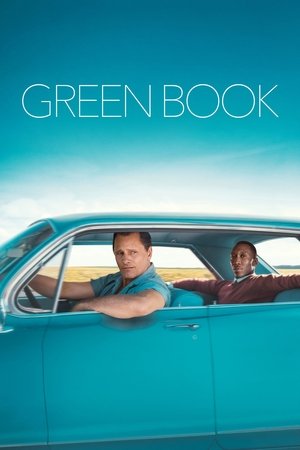 8.2
8.2Green Book(en)
Tony Lip, a bouncer in 1962, is hired to drive pianist Don Shirley on a tour through the Deep South in the days when African Americans, forced to find alternate accommodations and services due to segregation laws below the Mason-Dixon Line, relied on a guide called The Negro Motorist Green Book.
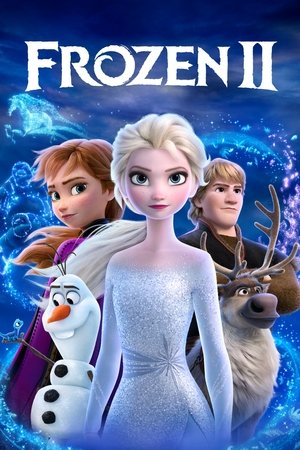 7.2
7.2Frozen II(en)
Elsa, Anna, Kristoff and Olaf head far into the forest to learn the truth about an ancient mystery of their kingdom.
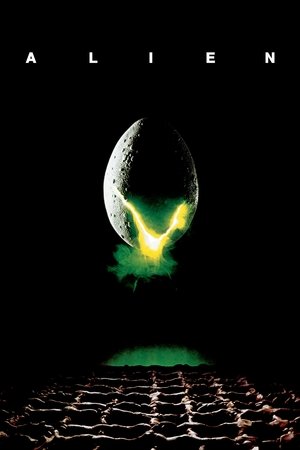 8.2
8.2Alien(en)
During its return to the earth, commercial spaceship Nostromo intercepts a distress signal from a distant planet. When a three-member team of the crew discovers a chamber containing thousands of eggs on the planet, a creature inside one of the eggs attacks an explorer. The entire crew is unaware of the impending nightmare set to descend upon them when the alien parasite planted inside its unfortunate host is birthed.
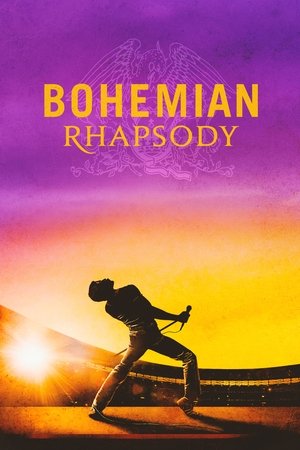 8.0
8.0Bohemian Rhapsody(en)
Singer Freddie Mercury, guitarist Brian May, drummer Roger Taylor and bass guitarist John Deacon take the music world by storm when they form the rock 'n' roll band Queen in 1970. Hit songs become instant classics. When Mercury's increasingly wild lifestyle starts to spiral out of control, Queen soon faces its greatest challenge yet – finding a way to keep the band together amid the success and excess.
 8.4
8.4Psycho(en)
When larcenous real estate clerk Marion Crane goes on the lam with a wad of cash and hopes of starting a new life, she ends up at the notorious Bates Motel, where manager Norman Bates cares for his housebound mother.
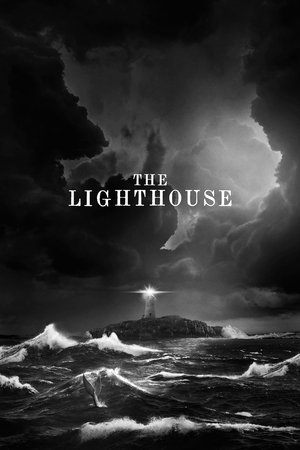 7.5
7.5The Lighthouse(en)
Two lighthouse keepers try to maintain their sanity while living on a remote and mysterious New England island in the 1890s.
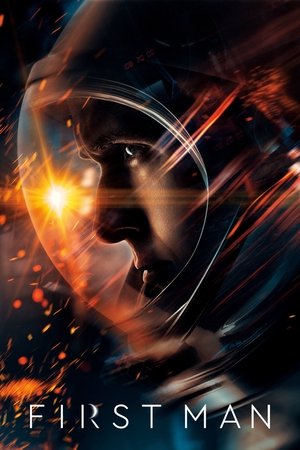 7.0
7.0First Man(en)
A look at the life of the astronaut, Neil Armstrong, and the legendary space mission that led him to become the first man to walk on the Moon on July 20, 1969.
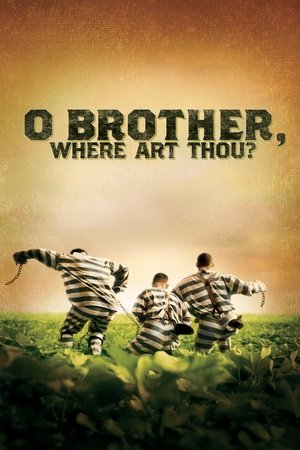 7.3
7.3O Brother, Where Art Thou?(en)
In the deep south during the 1930s, three escaped convicts search for hidden treasure while a relentless lawman pursues them.
 8.0
8.0American Beauty(en)
Lester Burnham, a depressed suburban father in a mid-life crisis, decides to turn his hectic life around after developing an infatuation with his daughter's attractive friend.
Similar Movies
 9.0
9.0The Autumn Alley(fa)
A docudrama about art and creativity; based on modern art gallery in Tehran and its founder Jazeh Tabatabai.
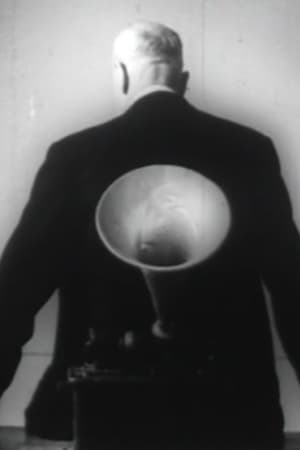 6.0
6.0Bela Bartók(en)
A portrait of the life and work of the great Hungarian composer Béla Bartók, exploring both his music and his passionate interest in his country's folklore.
Jim Henson: Commercials and Experiments(en)
A collection of Jim Henson's commercials, industrial reels, short films and some related talk show appearances. Includes Henson's Oscar nominated short, "Time Piece," in its entirety. Part of the Jim Henson Legacy's "Muppets, Music & Magic" program that debuted at the Brooklyn Academy of Music in 2004.
Love Stories My Grandmother Tells(en)
A portrait of Dana Plays' 90 year old paternal grandmother, Peggy Regler, reminiscing about her love affairs and significant relationships. Regler tells about her failed first marriage, the agreement she had to stay until the children were grown (but to see other lovers) which resulted in the true love she found with her second husband and renowned writer Gustav Regler, who later died a tragic death in India. The love affairs are historically rooted in the political and technological developments 20th century, and are narratively based in a complex sound/image structure. Interludes (silent optically printed film passages narrated with inter-titles excerpted from her diaries, and early childhood memories) formalistically refer to early cinema. The footage in these passages is re-contextualized and interwoven metaphorically throughout the text.
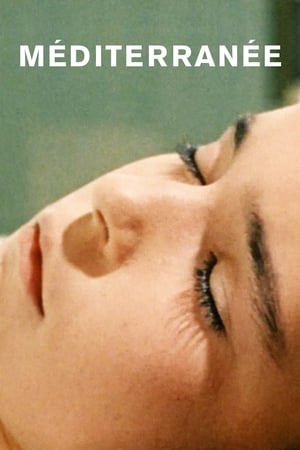 5.7
5.7Méditerranée(fr)
[Here] Pollet made a work that is the very definition of what French critics like to call an ovni or ufo (as in ‘unidentified filmic object’). [It] has been described as being ‘like a comet in the sky of French cinema,’ an ‘unknown masterpiece,’ and an ‘unprecedented’ work that refuses interpretation even as it has provoked reams of critical writing. Its rhythmic collage of images – a girl on a gurney, a fisherman, Greek ruins, a Sicilian garden, a Spanish corrida – is accompanied by an abstract commentary written by Sollers, and only the somber lyricism of Antoine Duhamel’s score holds the film’s elements together. At first viewing, you fear that [it] might fly apart into incoherent fragments. Instead, over the course of its 45 minutes it invents its own rules, and you realize you’re watching something like the filmic channeling of an ancient ritual. – Chris Darke, FILM COMMENT
 7.1
7.1The Ballad of Genesis and Lady Jaye(en)
An intimate, affecting portrait of the life and work of ground-breaking performance artist and music pioneer Genesis Breyer P-Orridge (Throbbing Gristle, Psychic TV) and his wife and collaborator, Lady Jaye, centered around the daring sexual transformations the pair underwent for their 'Pandrogyne' project.
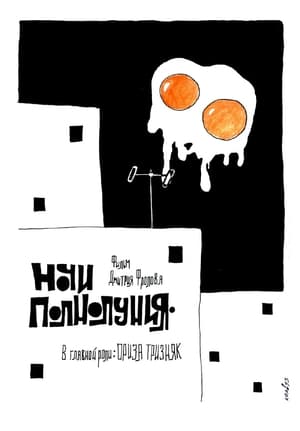 5.2
5.2The Bigmoon Nights(ru)
The film "Nights full moon" shows the tendency of moral decay in society. The main character is torn apart by internal contradictions, leading him to the path of Evil. Bans on self-identification - philosophical, existential, sexual, and then permissiveness spawn a monster that is not aware of its true nature and genuine desires. Throughout the film-trilogy, the protagonist goes through a series of temptations that ruin his soul and lead, after all, to a madhouse. In a general sense, the film allegorically shows the tragic path of the Russian lumpen intellectual, lost between the past and the present, not finding the strength to accept and comprehend the unexpected changes that happened in our country twenty years ago. In the global sense - the tragic circle of Russian history.
 7.8
7.8Impaler(en)
Jonathon "The Impaler" Sharkey threw himself into the race for Minnesota governor on January 13, 2006. His "coming out" to the media as a Hecate Witch, Satanic Dark Priest and Sanguinary Vampire grabbed international attention, and his candidacy marked the beginning of the largest amount of media coverage ever given to an unknown third party candidate running for governor in American history.
 6.5
6.5Classic Albums: Frank Zappa - Apostrophe (') Over-Nite Sensation(en)
This episode focuses on Zappa's early 70s albums, Overnight Sensation (1973) and Apostrophy (') (1974). Together they encapsulate Zappa's extraordinary musical diversity and were also the 2 most commercially successful albums that he released in his prolific career. Included are interviews, musical demonstrations, rare archive & home movie footage, plus live performances to tell the story behind the conception and recording of these groundbreaking albums. Extras include additional interviews and demonstrations not included in the broadcast version, 2 full performances from the Roxy in 1973 and Saturday Night Live in 1976, and new full live performance done specially for these Classic Albums.
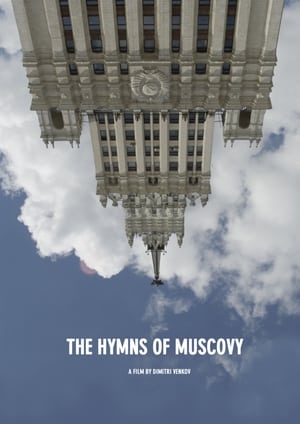 6.7
6.7The Hymns of Muscovy(ru)
The film is a trip to the planet Muscovy - an upside-down twin city of Moscow in space. As the title of the work suggests, the journey also takes us back in time. Gliding over the surface of the planet, we look down and see historic architectural styles fly by - the exuberant Socialist Classicism, aka Stalinist Empire, the austere and brutish Soviet Modernism, and the hodgepodge of contemporary knock-offs and revivals of the styles of the past. An essential companion to this journey through time and space are Hymnic Variations on the Soviet anthem.
 9.5
9.5Amir Hetsroni: Case Study(he)
A fascinating journey with Israel’s notorious provocateur, Prof. Amir Hetsroni, into the depth of his romantic and interpersonal relationships, alienated childhood, and public persona versus his self-identity.
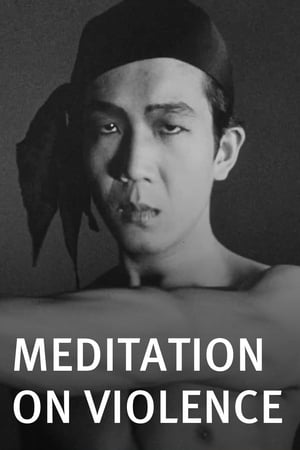 5.5
5.5Meditation on Violence(en)
Chao-Li Chi shadow boxes indoors and practices with a sword outdoors. Theoretically, the film describes in a single continuous movement three degrees of traditional Chinese boxing, Wu-tang, Shao-lin, and Shao-lin with a sword. A long sequence of the ballet-like, sinuous Wu-tang becomes the more erratic Shao-lin; in the middle, there is an abrupt change to leaping sword movements, in the center of which, at the apogee of the leap, there is a long held freeze-frame.
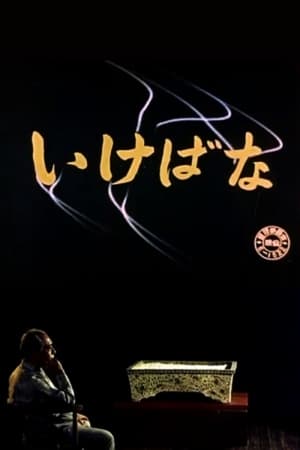 6.4
6.4Ikebana(ja)
The history and art of ikebana, a centuries old Japanese art of flower arrangement and a look inside the Sogetsu School of Ikebana, where the director's father Sofu Teshigahara worked as the grand master of the school.
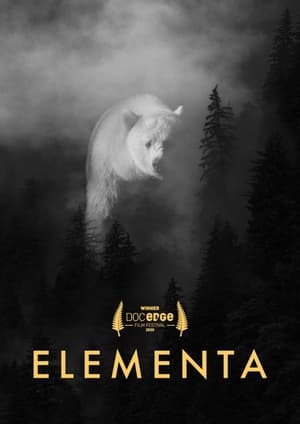 6.5
6.5Elementa(en)
A black-and-white visual meditation of wilderness and the elements. Wildlife filmmaker Richard Sidey returns to the triptych format for a cinematic experience like no other.
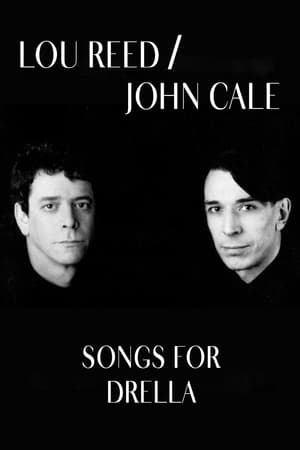 6.8
6.8Lou Reed and John Cale: Songs for Drella(en)
Songs for Drella is a concept album by Lou Reed and John Cale, both formerly of The Velvet Underground, and is dedicated to the memory of Andy Warhol, their mentor, who had died unexpectedly in 1987. Drella was a nickname for Warhol coined by Warhol Superstar Ondine, a contraction of Dracula and Cinderella, used by Warhol's crowd. The song cycle focuses on Warhol's interpersonal relations and experiences, with songs falling roughly into three categories: Warhol's first-person perspective (which makes up the vast majority of the album), third-person narratives chronicling events and affairs, and first-person commentaries on Warhol by Reed and Cale themselves. The songs on the album are, to some extent, in chronological order.
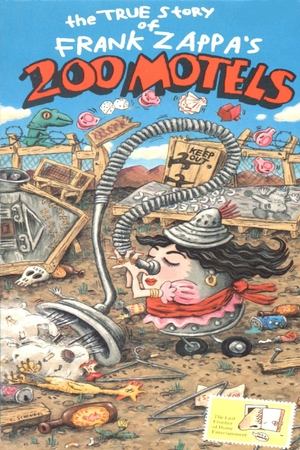 7.5
7.5The True Story of Frank Zappa's 200 Motels(en)
A one-hour documentary on the making of Frank Zappa's bizarre 1971 comic musical. Vintage private footage from Frank's personal archives plus behind-the-scenes of the actual shooting and recording. With Ringo Starr, Theodore Bikel, Keith Moon and such songs as "Sleeping in a Jar," and "Strictly Genteel." The inside history of the first feature-length film to be shot on video in 6 days.
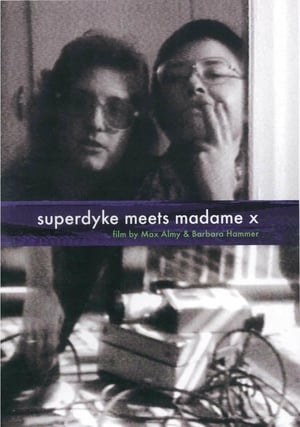 5.5
5.5Superdyke Meets Madame X(en)
From the first kiss to breakup, Almy and Hammer record their relationship on a reel-to-reel ¾” tape recorder and microphone.
 6.2
6.2Histoire(s) du Cinéma 1a: All the (Hi)stories(fr)
A very personal look at the history of cinema directed, written and edited by Jean-Luc Godard in his Swiss residence in Rolle for ten years (1988-98); a monumental collage, constructed from film fragments, texts and quotations, photos and paintings, music and sound, and diverse readings; a critical, beautiful and melancholic vision of cinematographic art.


